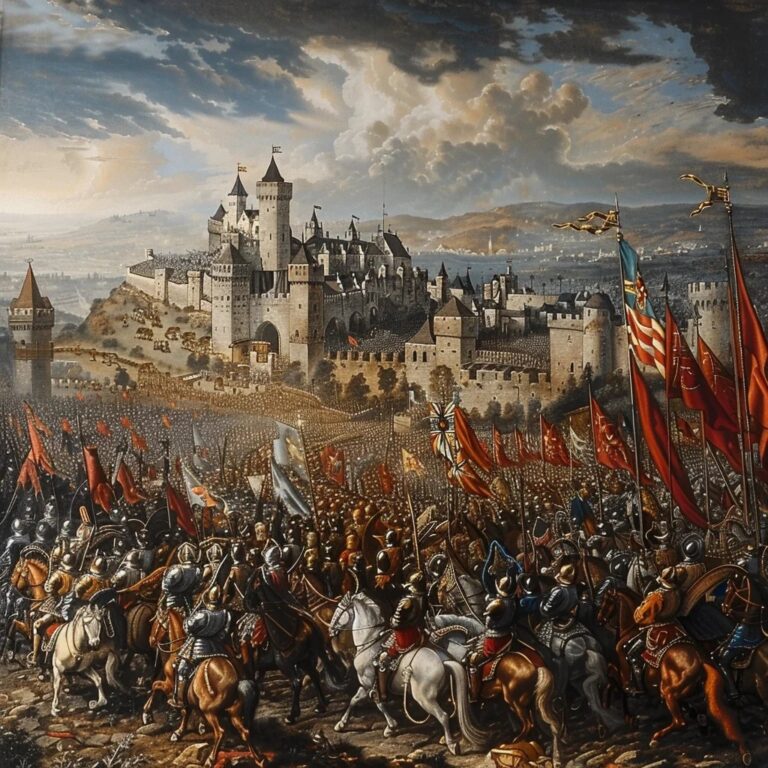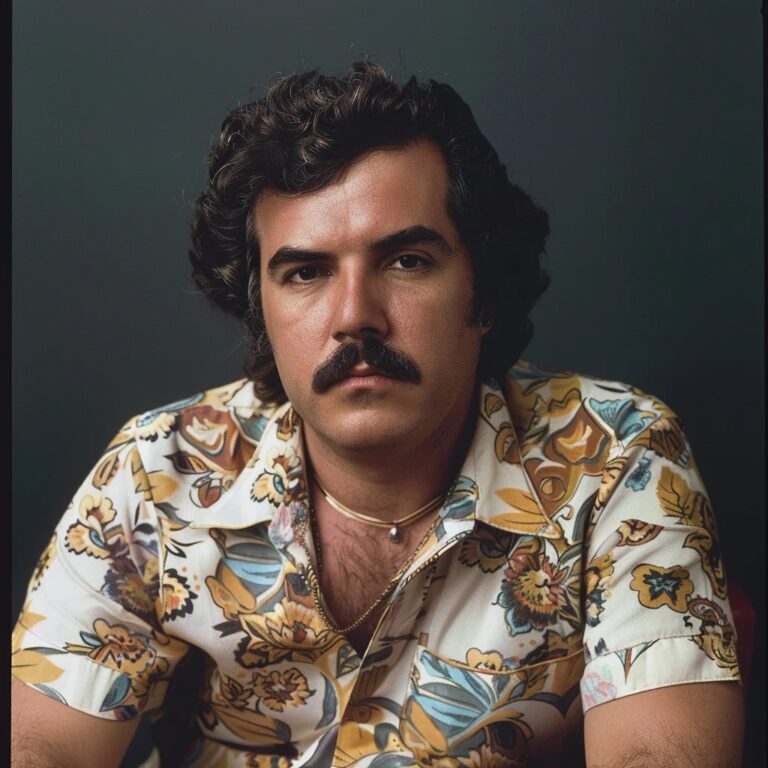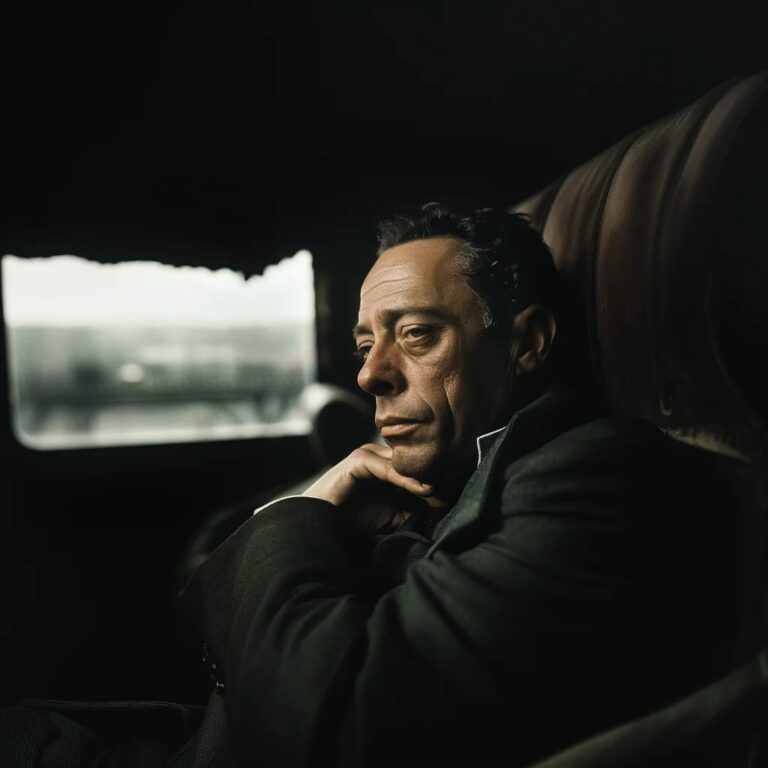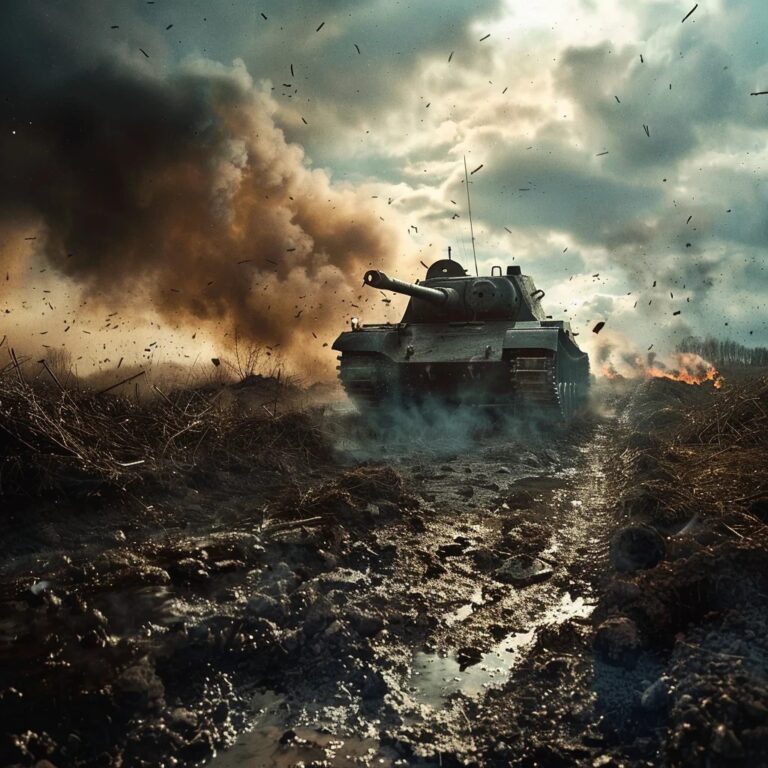The war lasted for 116 years, despite its name suggesting a century.
It began when King Edward III of England claimed the French throne, contesting the succession of King Philip VI of France.
The war is divided into three main phases: the Edwardian Era War, the Caroline War, and the Lancastrian War.
The Battle of Agincourt in 1415 was a significant English victory, where English longbowmen played a crucial role.
Joan of Arc, a young French peasant girl, inspired French forces and helped turn the tide in favor of France.
The Treaty of Troyes in 1420 temporarily recognized Henry V of England as the heir to the French throne.
The war saw the rise of professional armies and a decline in the use of feudal levies.
The Black Death, which swept through Europe in the mid-14th century, affected both sides during the conflict.
The war led to significant developments in military technology, including the use of gunpowder and cannons.
The English initially achieved several victories but eventually lost most of their French territories.
The war had a profound impact on the development of national identities in both England and France.
The Battle of Castillon in 1453 marked the end of the war, resulting in a decisive French victory.
The English War of the Roses, a series of civil wars, followed shortly after the end of the Hundred Years' War.
The conflict influenced numerous works of literature and art, including William Shakespeare's historical plays.
The war significantly weakened the feudal system and paved the way for the Renaissance and the modern nation-state.
How useful was this post?
Click on a star to rate it!



